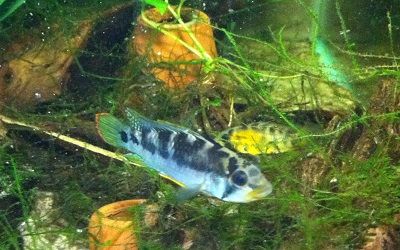- Messages
- 429
- Location
- Brisbane, Australia
While we are exchanging pictures of A. baenschi I thought i throw in one of my own 
Not as nicely photographed as the others, but you can make out some differences compared to ADCs pics and Noddys second pic. Is it a different type of baenschi? I have no idea. I leave that discussion to people who know more than me...

Not as nicely photographed as the others, but you can make out some differences compared to ADCs pics and Noddys second pic. Is it a different type of baenschi? I have no idea. I leave that discussion to people who know more than me...
